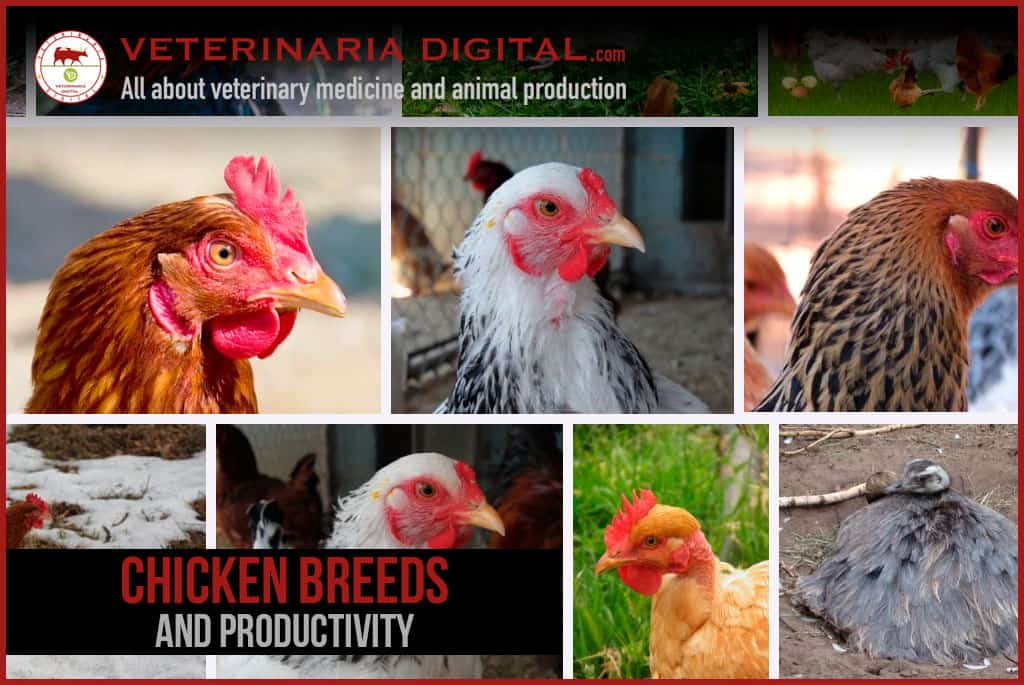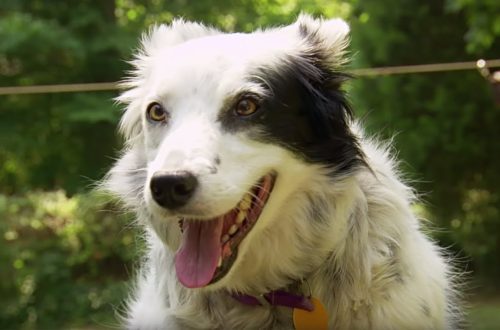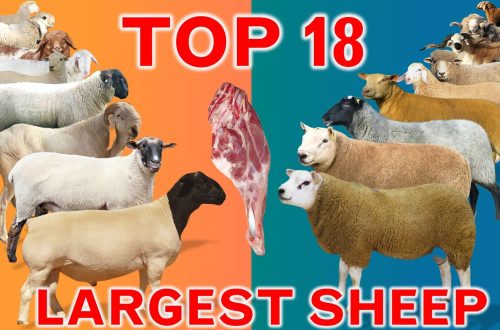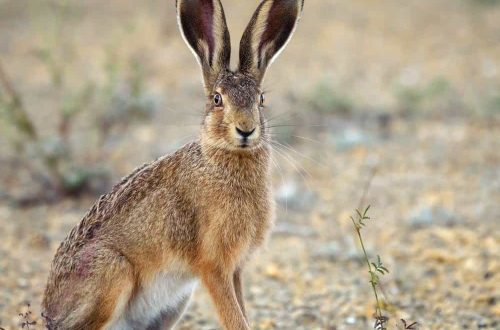
Chickens of the Orlovsky chintz breed: productive characteristics, conditions of detention and breeding
In breeding productive chickens, not only foreign breeders were able to achieve good results. There is an old Russian breed of chickens, which was bred more than two hundred years ago and was appreciated all over the world. These birds will always have an advantage over foreign chickens and roosters, as they are adapted to the harsh climate of our country. Such a breed is the Oryol chintz chickens.
Contents
History of the origin of the breed
It is still not known exactly when and where the Oryol calico chickens originated. Historians suggest that at the turn of the 18th and XNUMXth centuries, the Russian count A.G. Orlov-Chesmensky was engaged in breeding these birds. These majestic birds began to be willingly bred almost throughout Russia, not only by landowners and merchants, but also by artisans and peasants.
And in the 70-80s of the XIX century, the breed of Oryol chickens achieved the highest recognition. At the same time, it began to be exported to European countries for chicken exhibitions, where excellent results were shown. And in 1914, the Russian Imperial Society of Poultry Breeders set a standard for Orlovsky chickens.
At the end of the XNUMXth century, it became fashionable in Russia to breed and buy foreign breeds of chickens. Oryol chickens became less and less common on poultry farms, and in the first half of the XNUMXth century it was almost impossible to find them.
In the 50s, several amateur enthusiasts decided to revive the old Russian chicken breed. Poultry farmers Vinokurov and Babushkin selected individuals from a cross local and Oryol chickens.
In 1974, Vinokurov was lucky to buy several purebred Oryol chickens in Germany. This played a role in restoring their true appearance. Selection work continued for almost forty years, as a result of which the breed was achieved in the form in which it was described at the beginning of the XNUMXth century.
External characteristics of the Oryol chintz
The special fighting structure of the body and beard is the first thing that catches the eye in the appearance of chickens of this breed. Such a remarkable feature could not be overlooked by professional connoisseurs of ornamental chickens. Therefore, this breed of birds can often be found at various exhibitions and shows.
These are birds with a strong, slightly elongated body, dense plumage and massive shoulders. They are very tall (about 60 centimeters), have strong bones and well-developed muscles. With their appearance, Oryol chickens create a predatory look. But still, these are very friendly and calm birds.
The brightest external features:
- well developed frontal part;
- raised scruff;
- long erect neck;
- wide sloping back;
- upturned short tail;
- round chest;
- “beard” and well-developed sideburns;
- external color.
The breed characteristics of the Orlovsky chintz chickens include color variety their feathers. Most often it is a red-and-white color, having white or black pearl spots on a brown background. Sometimes black individuals or birds with white, walnut, black-and-white, scarlet black-breasted plumage color can be found.
Natural disadvantages of cotton chickens, leading to their culling
- Small growth.
- Narrow, horizontal body.
- Humpback.
- Underweight.
- Thin, long and straight beak.
- Narrow back or chest.
- Underdeveloped head plumage.
- Black beard.
- Different color of metatarsus and beak.
- Residual feathering on metatarsus and toes.
- The main color is red-brown.
Productive characteristics
The average weight of birds reaches 3,6 kilograms. They are excellent laying hens, which already at the age of one are capable of producing up to one hundred and sixty eggs of fifty-five grams each.
Owners of chickens of this breed are very appreciate their fertility, as well as their attachment to the nest and home. Even if you let them go for a walk, they will still return home. Unfortunately, the Orlov calico layers cannot be called good mothers. They can throw their eggs, as the instinct of incubation is very poorly developed in them.
Oryol Calico are very large birds, giving a large yield of delicious dietary meat.
Optimal conditions of detention
One of the advantages of this old Russian breed of chickens is their resilience and endurance. They do not require a special diet or any special conditions of detention. Any amateur poultry farmer will be able to cope with the breeding of Orlovsky cotton chickens.
Chickens of this breed of chickens develop slowly and often suffer from weak legs and crookedness.
Due to the fact that their plumage appears quite late, they are prone to colds during cold or damp weather. In connection with such features, chickens should be kept on dry and warm bedding.
Young animals need to run, develop muscles, so more space should be allocated for them. This is especially important for fighting type breeds.
If it is warm enough outside, then chickens should be started walking from 1-2 months of age, as they grow worse in cramped quarters.
Natural conditions of detention are the best for Oryol chintz chickens. They must spend most of their time outdoors. In any weather, they feel great, and they are not afraid of frost or rain.
Breeders with experience in keeping this breed build rooms for them in which there is no heating and light, but there is an aviary with a free exit.
For laying hens, nests are made, located at a height of about one meter from the floor level.
What to feed high-bred individuals
There are no special requirements for the diet of Oryol Calico. Suitable for them:
- Grain mixtures from the store.
- Mixes prepared on their own: 30% each of barley and wheat and 5% each of seeds, millet, unpeeled buckwheat, corn.
- Compound feed for poultry, which contain vitamin supplements, proteins, minerals.
- Various wet mashes: boiled potatoes with the addition of steamed barley, meat and bone meal, fish waste.
Supplement to the main feed:
- From August to October, oats should be added.
- Chickens need iron to develop muscles and increase egg production. Therefore, unrefined buckwheat is added to their main diet.
- In summer, hens need juicy young grass (nettle is best).
- Vegetables (carrots, cabbage, beets), seeds, hay are added.
- Chickens also need protein sources contained in soybean meal and cake (up to 20%).
It is worth noting that the feeders should be Free access. Given the small size of the beak, there must be appropriate facilities for water and feed.
Breeding the breed
It is very difficult to acquire representatives of this breed of chickens. In industry, Orlovsky chickens are not bred, despite the excellent indicators of meat productivity. You can meet them at amateur poultry farmers, or in special breeding collections.
A farmer who decides to adopt this rare exotic bird will have to prepare for the difficulties of raising chickens and young.
But, despite the many difficulties that lie in wait for the breeders of this old Russian breed of chickens, Orlovsky chintz necessarily will decorate the farm and be something to be proud of.





